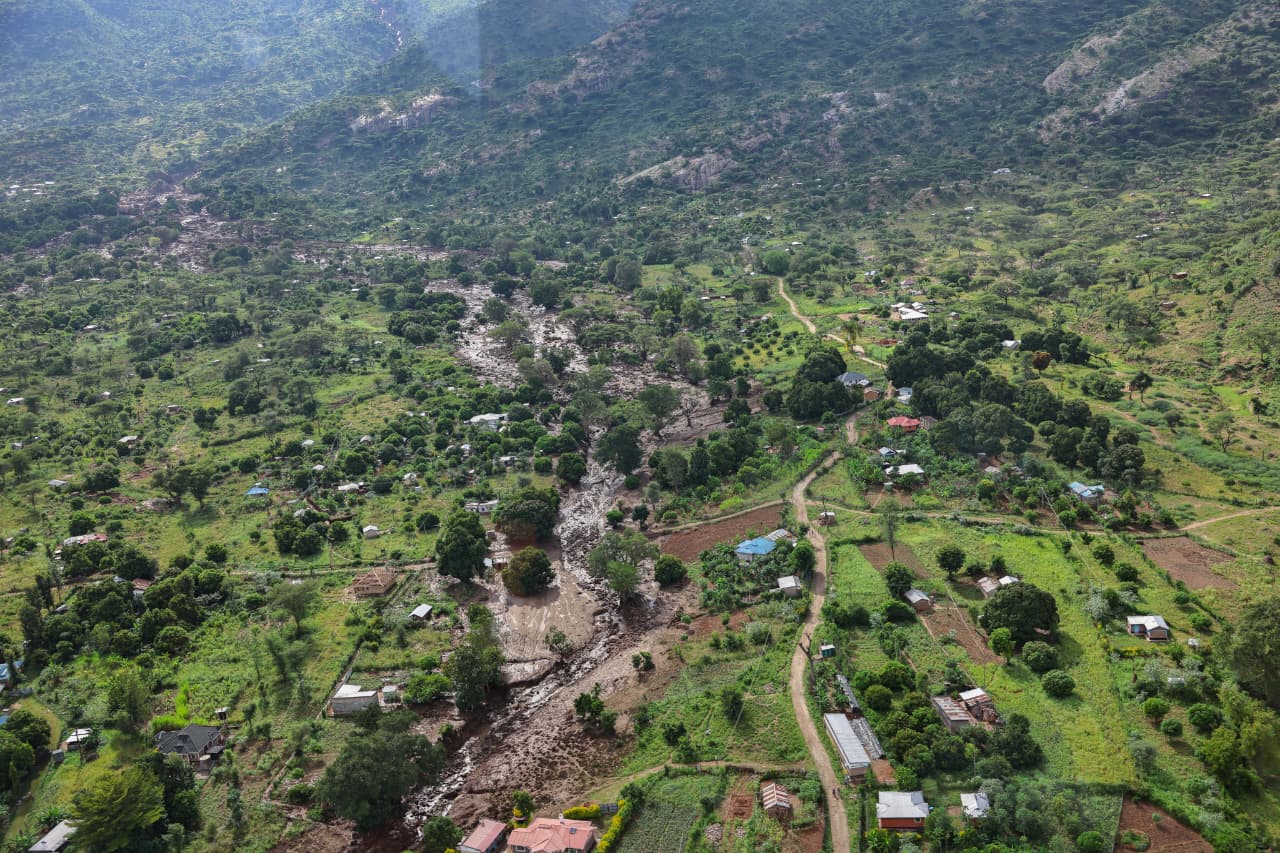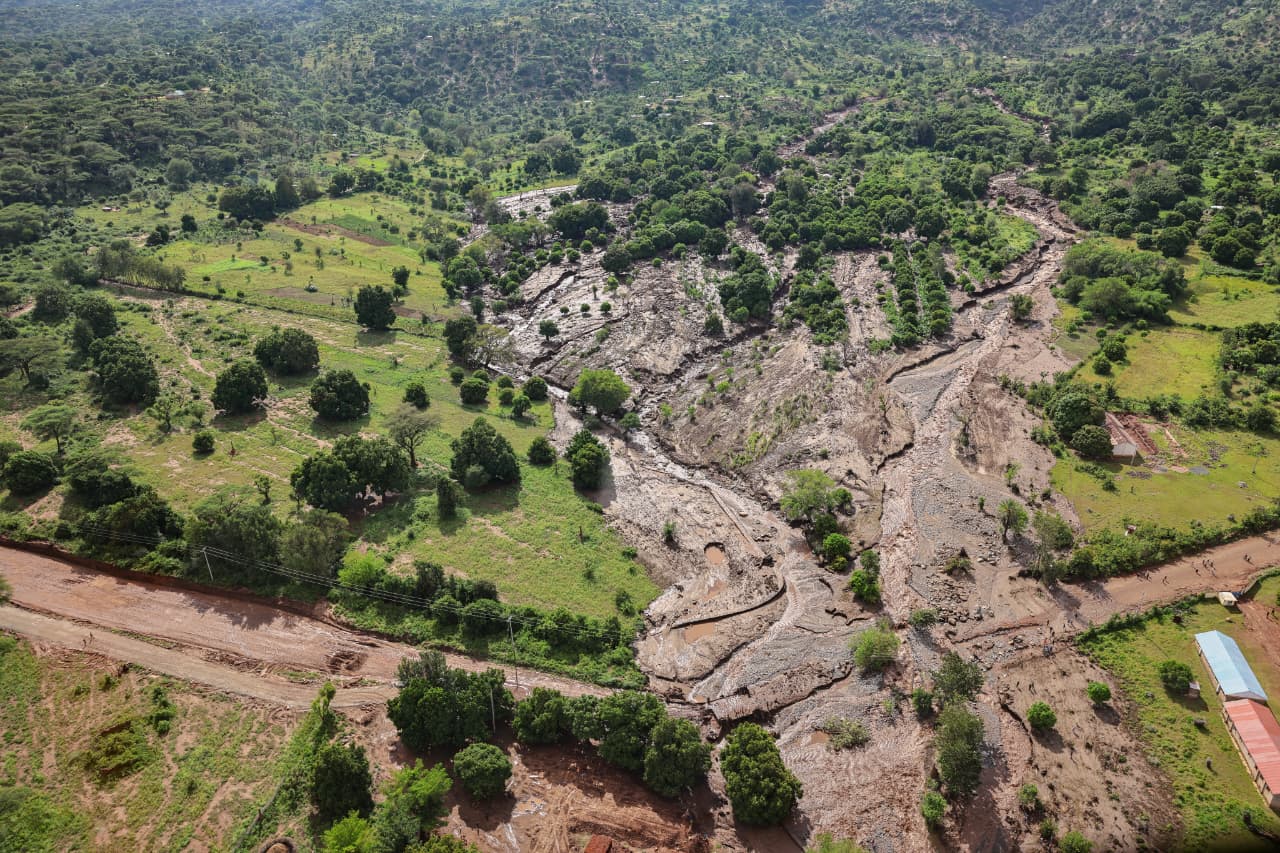Lancet study confirms mesothelioma risk from asbestos exposure

Mesothelioma, though rare, remains a serious cancer almost exclusively linked to asbestos. In 2022, there were an estimated 30,870 new cases globally.
A new report in The Lancet warns that living in homes with asbestos insulation may increase cancer risk.
The study found higher rates of lung cancer in women who had lived in properties containing asbestos, reinforcing strong evidence that asbestos exposure can cause both lung cancer and mesothelioma.
More To Read
- Four-country study finds worrying issues with cancer drug quality in Africa
- Study finds Covid-19 mRNA vaccines may boost cancer immunotherapy
- From NHIF to SHA: Kenya's cancer patients pay the price for a broken health system
- Kisumu mother of five beats deadly oesophageal cancer in historic Jaramogi Hospital surgery
- Up to 1 in 5 lung cancer patients non-smokers: study
- Clinical trial offers lifeline for men with recurrent prostate cancer
Mesothelioma is a rare but aggressive cancer that develops in the lining of the lungs, chest, or abdomen and is almost always caused by asbestos exposure. In 2022, there were an estimated 30,870 new cases globally. The disease has a long latency period, 20 to 40 years, making early detection and prevention critical, especially in countries with a history of heavy asbestos use.
The study examined 1,095 homes in Australia’s Capital Territory where loose-fill asbestos insulation was installed between 1968 and 1979. Researchers tracked 16,757 residents and compared them with over 1.2 million people who had never lived in such homes. Cancer cases were monitored from 1983 to 2019.
Men who had lived in asbestos-insulated homes had nearly three times the risk of developing mesothelioma compared to those who hadn’t. Women showed a modestly higher risk of lung cancer. The study also found elevated rates of colorectal cancer in both sexes. No clear increase was observed for stomach, liver, laryngeal, or oesophageal cancers, though case numbers were small.
Researchers concluded that living in homes with loose-fill asbestos insulation increases the risk of certain cancers, especially mesothelioma in men. While lung and colorectal cancer risks were smaller, they may be influenced by other factors like smoking or occupational exposure. The findings stress that asbestos poses dangers not only in workplaces but also in residential settings, underscoring the need for proper management and removal.
Supporting this, a Japanese study in Amagasaki City tracked residents living near an asbestos-cement plant between 1975 and 2002. A strong dose-response relationship was found between cumulative neighbourhood exposure and mesothelioma deaths. Those in the highest exposure group had an odds ratio of 21.4 compared to the lowest group, showing that even non-occupational exposure significantly raised mesothelioma risk.
A related cohort study in the same city followed 143,929 residents aged 40 and above through 2015. It found elevated mesothelioma mortality, with standardised mortality ratios (SMRs) of 6.75 in men and 14.99 in women. Lung cancer mortality was also higher, with SMRs of 1.28 in men and 1.23 in women. These findings confirm that residential asbestos exposure can lead to serious health outcomes.
Together with the Australian study, these findings highlight asbestos as a major public health threat beyond occupational settings. They call for policies to identify, manage, and remove asbestos from homes, schools, and public buildings to prevent avoidable cancers.
According to the World Health Organisation (WHO), asbestos is hazardous because its tiny fibres can be inhaled or ingested, lodging in the lungs or abdominal lining. This leads to chronic inflammation, scarring, and cellular damage, which can result in cancers like mesothelioma and lung cancer. Asbestos exposure is also linked to asbestosis, a chronic lung disease, and cancers of the larynx, ovary, and possibly other organs.
The WHO states there is no safe level of asbestos exposure and classifies all forms as known human carcinogens. It recommends eliminating asbestos use globally and enforcing strict measures to manage or remove existing asbestos in buildings and infrastructure.
In Kenya, lung cancer accounted for 794 cases and 729 deaths between 2017 and 2022, with a high fatality rate of 92 per cent. In 2022 alone, there were 903 new cases and 822 deaths. Late diagnosis is a major factor, with 70-80 per cent of patients identified at advanced stages.
The Kenyan government has issued warnings about asbestos in buildings, especially roofing. The 2023/24 Kenya Housing Survey found that 0.2 per cent of homes still have asbestos roofs. The 2019 census reported 1.4 per cent of households used asbestos roofing, with higher rates in urban areas (2.2 per cent) than rural (0.9 per cent), and Nairobi County at 2.5 per cent. Many public institutions, including schools and hospitals, still contain asbestos, prompting a nationwide removal initiative.
A parliamentary report has directed public institutions to remove all asbestos roofs by October 2026. Government records show 188 schools and learning institutions have asbestos roofs, totalling 3,180 tonnes. In the private sector, about 8,467 tonnes remain in use. The cost of removal, transport, and safe disposal poses a major challenge.
Globally, lung cancer is the most diagnosed cancer and the leading cause of cancer deaths. In 2022, there were an estimated 2.48 million new cases and 1.8 million deaths, accounting for nearly 19 per cent of all cancer fatalities. Smoking is the primary risk factor, responsible for about 85 per cent of cases, followed by second-hand smoke, air pollution, radon, and occupational exposures like asbestos.
Top Stories Today














































